Hybrid Robotic Manufacturing
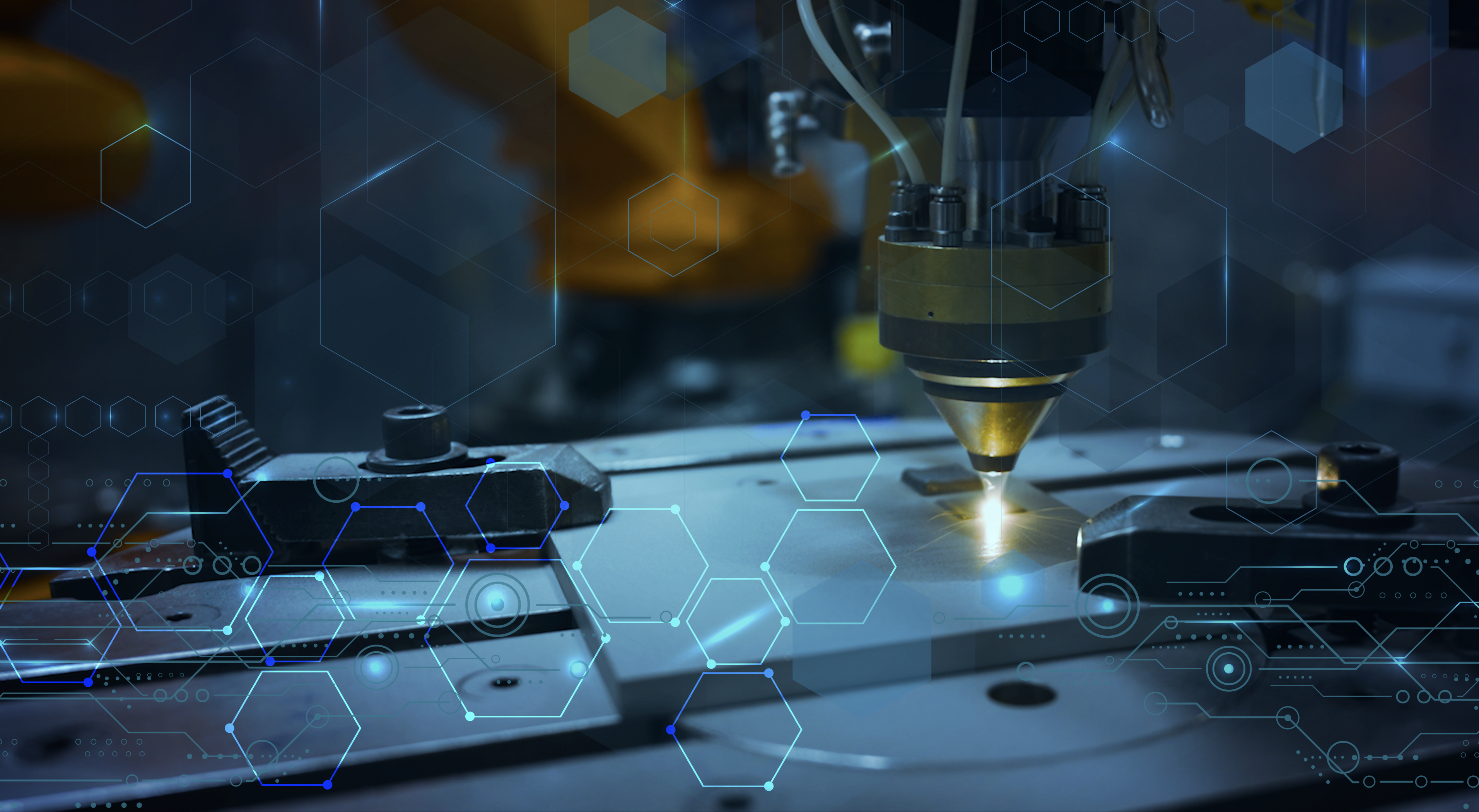
Hybrid Manufacturing Is our Additive and the Subtractive Robotic Manufacturing
Promation’s next-generation 3D robotic printing systems include high-value application development and custom 3D printing for a specific material and for a specific final part or component. We offer solutions for Aerospace, Life Sciences and Nuclear industries, among others. Our solutions are backed by extensive R&D to solve problems for our clients. Ask us about system-critical parts for the Aerospace and Nuclear industries and for possible solutions for Construction, Food and other industries.
Promation goes a step further and integrates additive and subtractive manufacturing with robotics, resulting in our highly effective Hybrid Manufacturing. Machining is employed for postprocessing of AM components, or simply for prototyping. The robotic component of AM and SM adds additional efficiencies, leveraging Promation’s value to our customer several times.
Promation’s Custom Hybrid Manufacturing Products and Services
- Single Robotic AM printer – for making parts and cladding
- Single Robotic SM tool – for cutting, grinding, machining, polishing
- Dual Hybrid Robotic AM & SM cell – integrated AM printer with SM tool
- Application development – engineered AM parts and components
- Prototyping – complete AM and SM service for your components
- Promation specializes in a Laser Direct Energy Deposition system which is highly suitable for the manufacturing of complex-shaped metallic components that are difficult to manufacture using conventional manufacturing techniques. The system has embedded in-situ quality assurance capabilities, including:
- Meltpool monitoring using HDR vision
- In-situ surface quality assurance using AI for CAD to part geometric deviation analysis
- 3D point cloud acquisition of the manufactured parts for further postprocessing such as milling, grinding, and polishing. - Promation offers additive manufacturing of polymer-based components through material extrusion-based additive manufacturing technology, which is commonly known as Fused Deposition Modeling (FDM) systems. In addition, Promation is developing a robotic-based FDM system for printing large-size polymer components.
- Promation offers uniquely coupled robotic expertise with additive and subtractive manufacturing technologies. We can develop a robotic AM printer or a robotic SM tool for your industry and materials.
We offer solutions for the Aerospace, Life Sciences, Nuclear industries, and others; and our solutions are backed by extensive R&D to solve problems for our clients. Ask us about system-critical parts for the Aerospace and Nuclear industries and for possible solutions for Construction, Food and other industries.
Promation’s AM R&D Team consists of scientific research fellows with PhD degrees and engineers with master’s degrees in mechanical engineering, software development, robotic engineering and technicians. Promation uses multiple control platforms including National Instruments, Siemens, and Allen Bradley. Software developers use C++, Python, Math Lab to integrate vision cameras, laser scanners and thermal sensors with Fanuc, Kuka, Motoman robotic controllers, and with other additive manufacturing devices such as powder feeder, laser power source and other peripherals. The R&D team has great capabilities to solve robotic system control problems, and it is supported by material science researchers.
We use off-the-shelf OEM 3D printers for manufacturing components from plastics filled with continuous carbon fiber. We are expanding into powder bed additive manufacturing technology for precise metal components.
The Materials Lab has optical and material structure microscopes with supporting equipment. More sophisticated material characteristics are done at the University of Waterloo Multi-Scale Additive Manufacturing Lab.
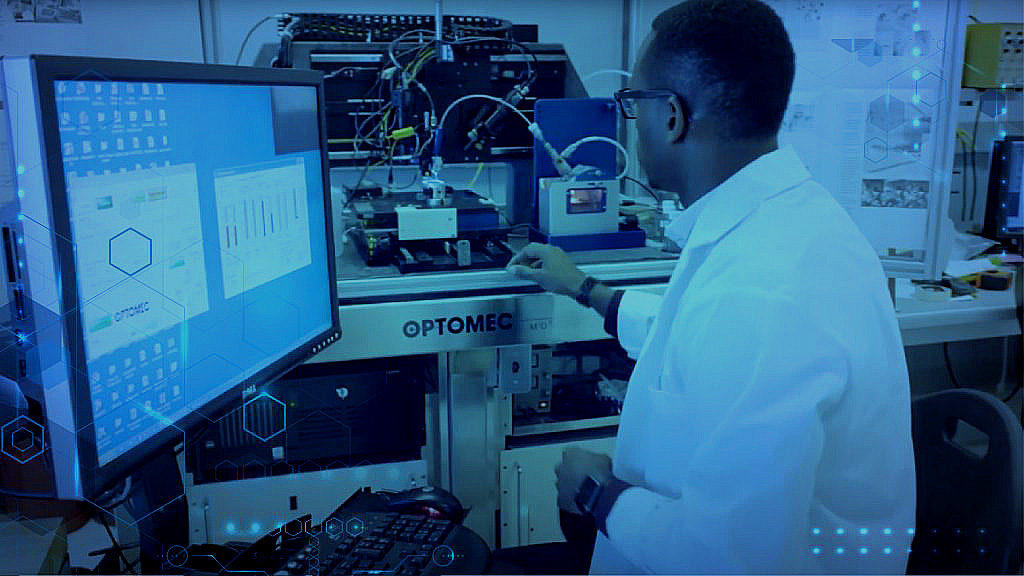
Multi-Scale Additive Manufacturing Lab
Promation also offers next-generation metal manufacturing, thanks to our partnership with the University of Waterloo’s Multi-Scale Additive Manufacturing Lab (MSAM), the largest 3D printing lab in Canada, to develop the next generation of metal additive manufacturing. MSAM explores novel techniques to develop advanced materials, innovative products, modelling and simulation tools, monitoring devices, closed-loop control systems, quality assurance algorithms and holistic in-situ and ex-situ characterization techniques.
Featured projects
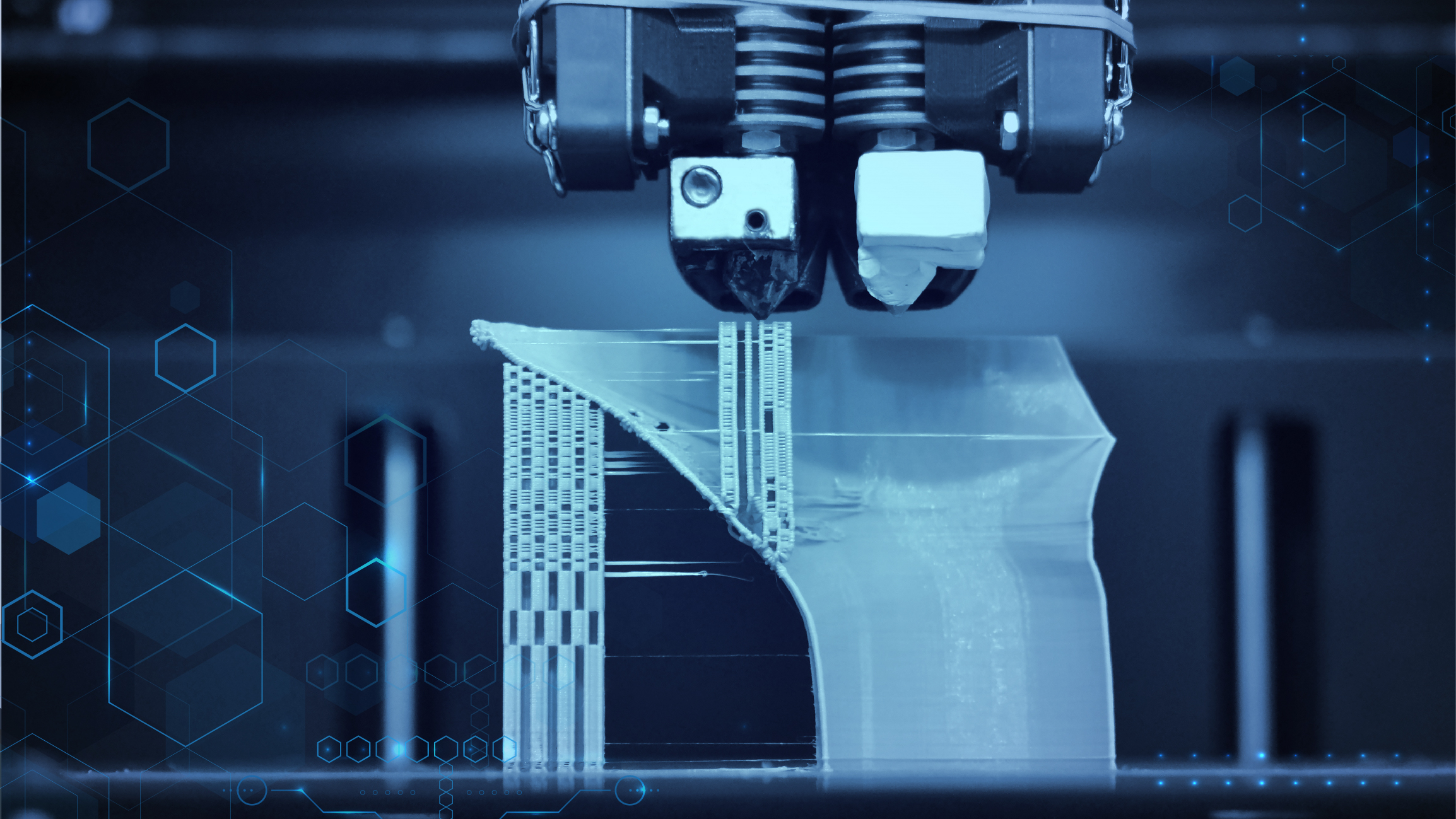
Single Robotic Additive Manufacturing Printer
Promation developed the robotic 3D printer for additive manufacturing of small or large and complex metal parts and components. The printer is multi-axis, based on the Fanuc 6 axis robot with 2 axis positioner. The Laser Direct Energy Deposition printing head is an integration of the Fraunhofer coaxial nozzle, IPG laser optics and sensors, GTV metal powder system and IPG laser. The G Code for the tool path is generated by off-the-shelf CADCAM software with a custom postprocessor developed by Promation. The control system is developed by Promation.
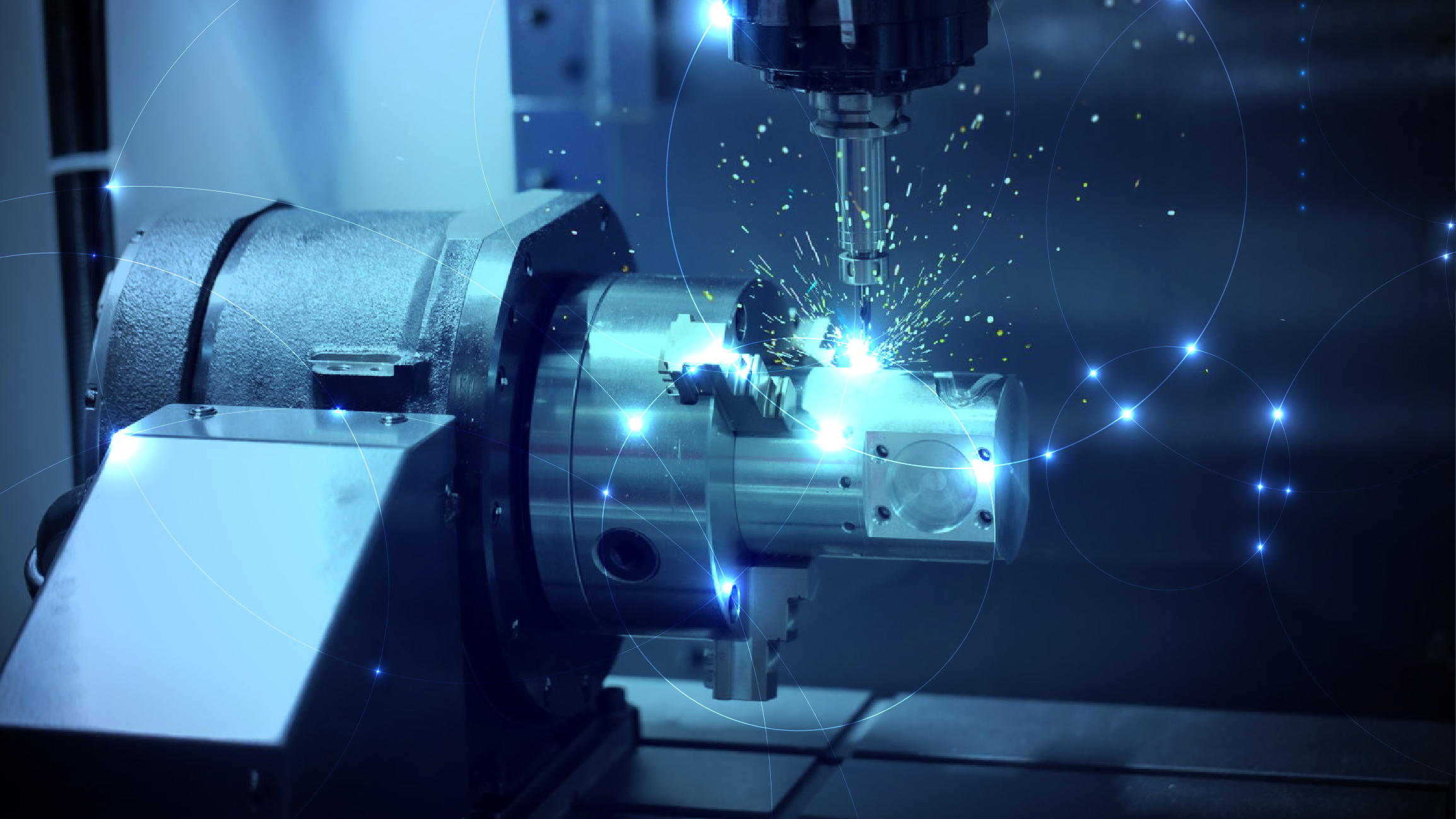
Single Robotic Subtractive Manufacturing Tool
Promation has integrated, in the form of an end-of-arm tool, light machining including milling, grinding, drilling, deburring and polishing into six or 8 axis robotic systems. The robotic SM tool is for removing material of complex shapes or large envelope parts. With the help of a tool changer, the robotic SM tool can change robotically a few different end-of-arm tools for specialized part or material machining or processing. Promation can deploy robotics for sand blasting, rolling, and laser hardening.
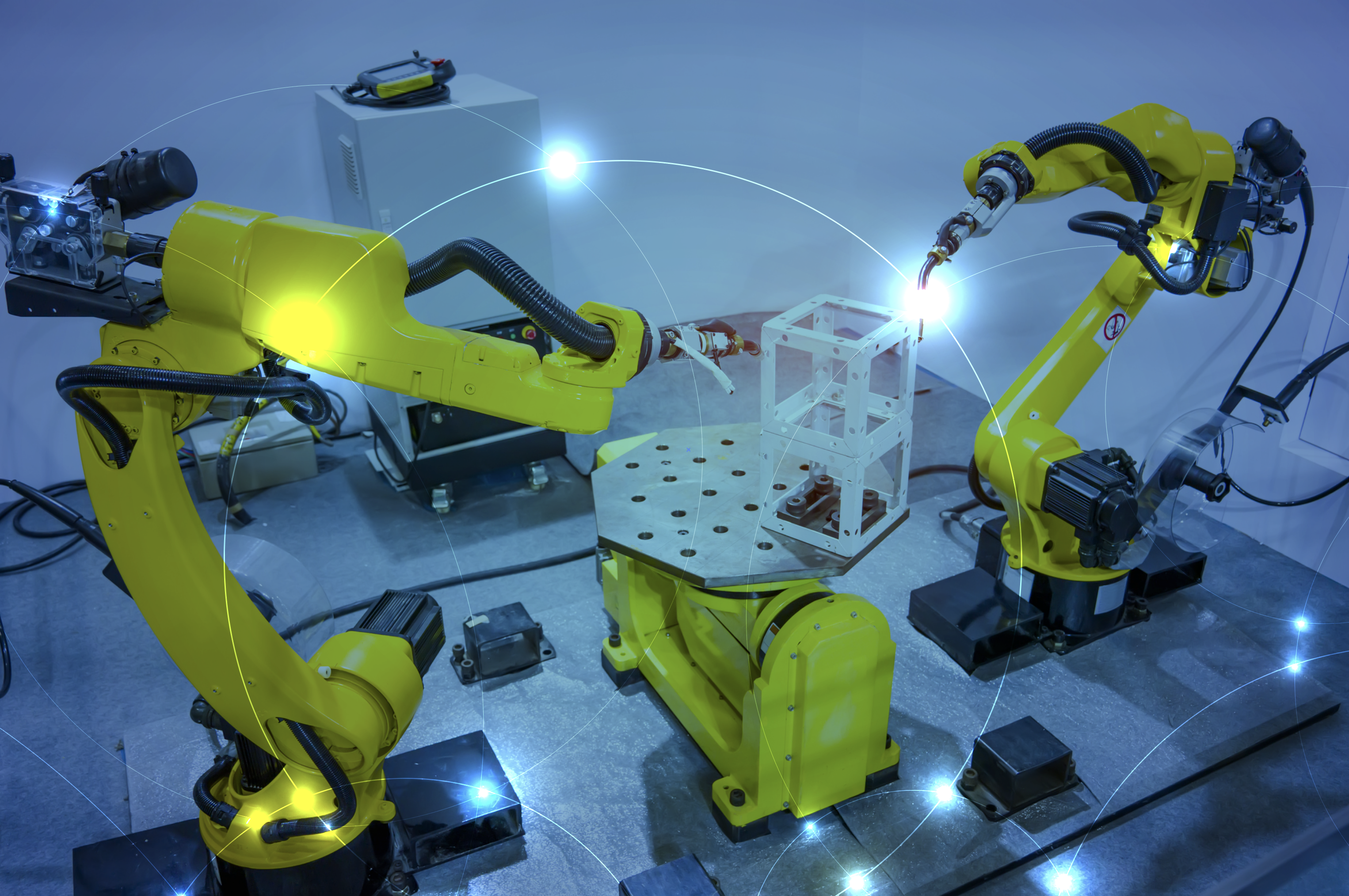
Dual Robotic Hybrid AM & SM Cell
Promation has embarked on the development of the next-generation multi-robotic 3D hybrid printer for additive manufacturing. It consists of two robots working together: one is dedicated to the printing of parts and the other is dedicated to the postprocessing including machining. The robots can be configured, and functionalities can be added on. The robot printer has enhanced postprocessing for toolpath parameters control. It measures quality in situ during the printing process; and the robot tool does the postprocessing of a 3D printed part, including grinding, milling, polishing. The advantage of this system lies in the integration of multiple manufacturing operations into one dual robotic cell. This innovative system lowers the capital cost of manufacturing equipment and shortens the manufacturing cycle.
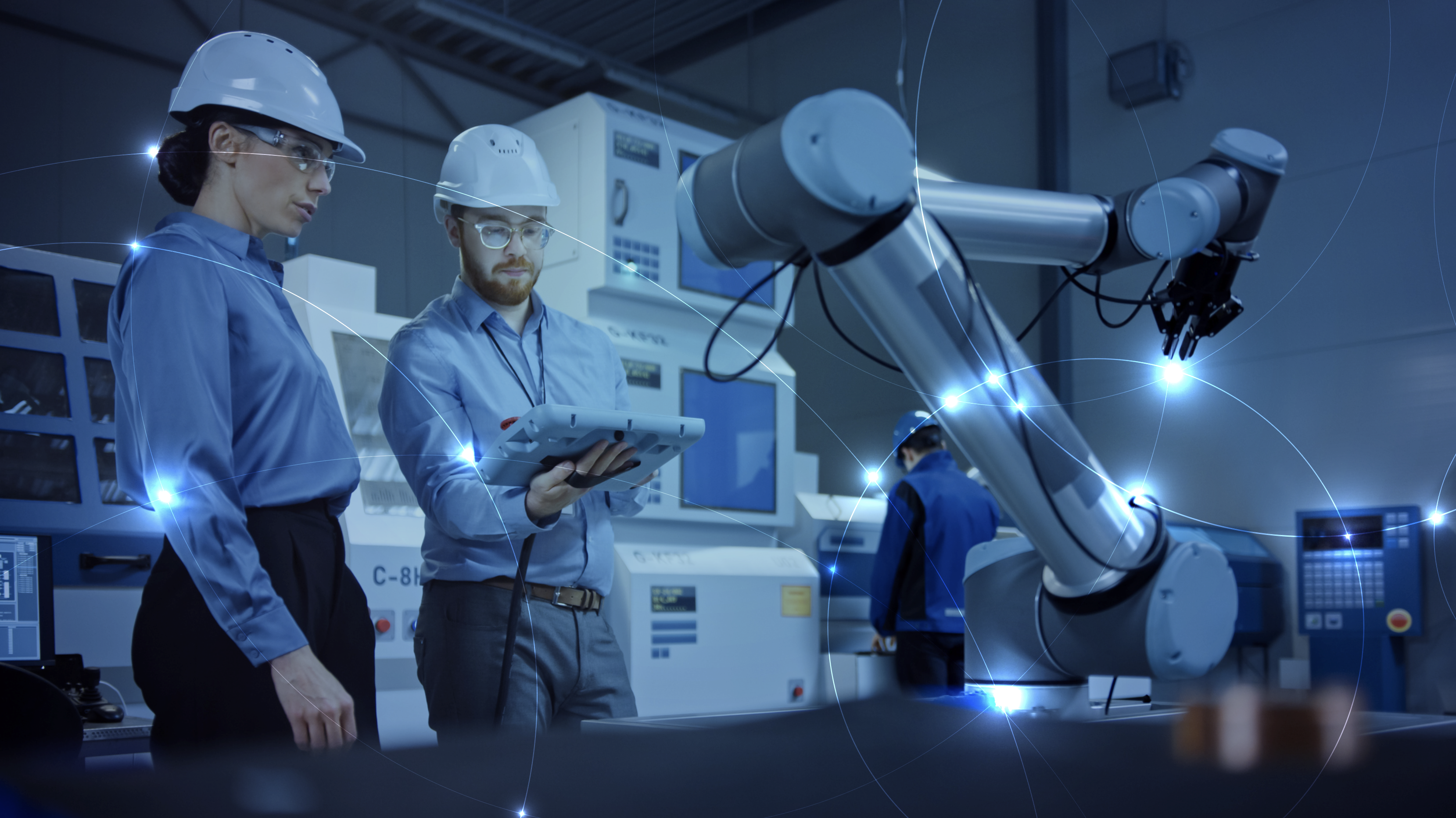
Application Development
Promation is very active in developing specific applications in response to the demands of our market. Some of our applications include the development of:
- Laser Direct Energy Deposition of alumina forming steels for Small Modular Reactor components, SS316L thin-wall geometries for heat transfer, and large-size components for automotive and nuclear applications, nickel super alloys, bi-metallic and functionally graded structures for multi-material components
- Large and complex area cladding delivered by a multi-axis robotic system
- FDM of nylon and carbon fibre reinforced components
- Automated tool path generation for hybrid AM and SM
- Feature addition of a material integration of a smaller part on a larger component
- Near net shape parts and components requiring minimal material removal for required precision
